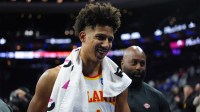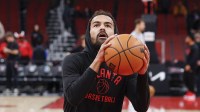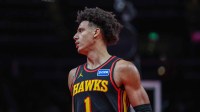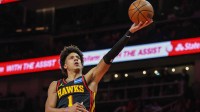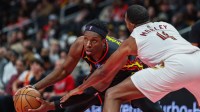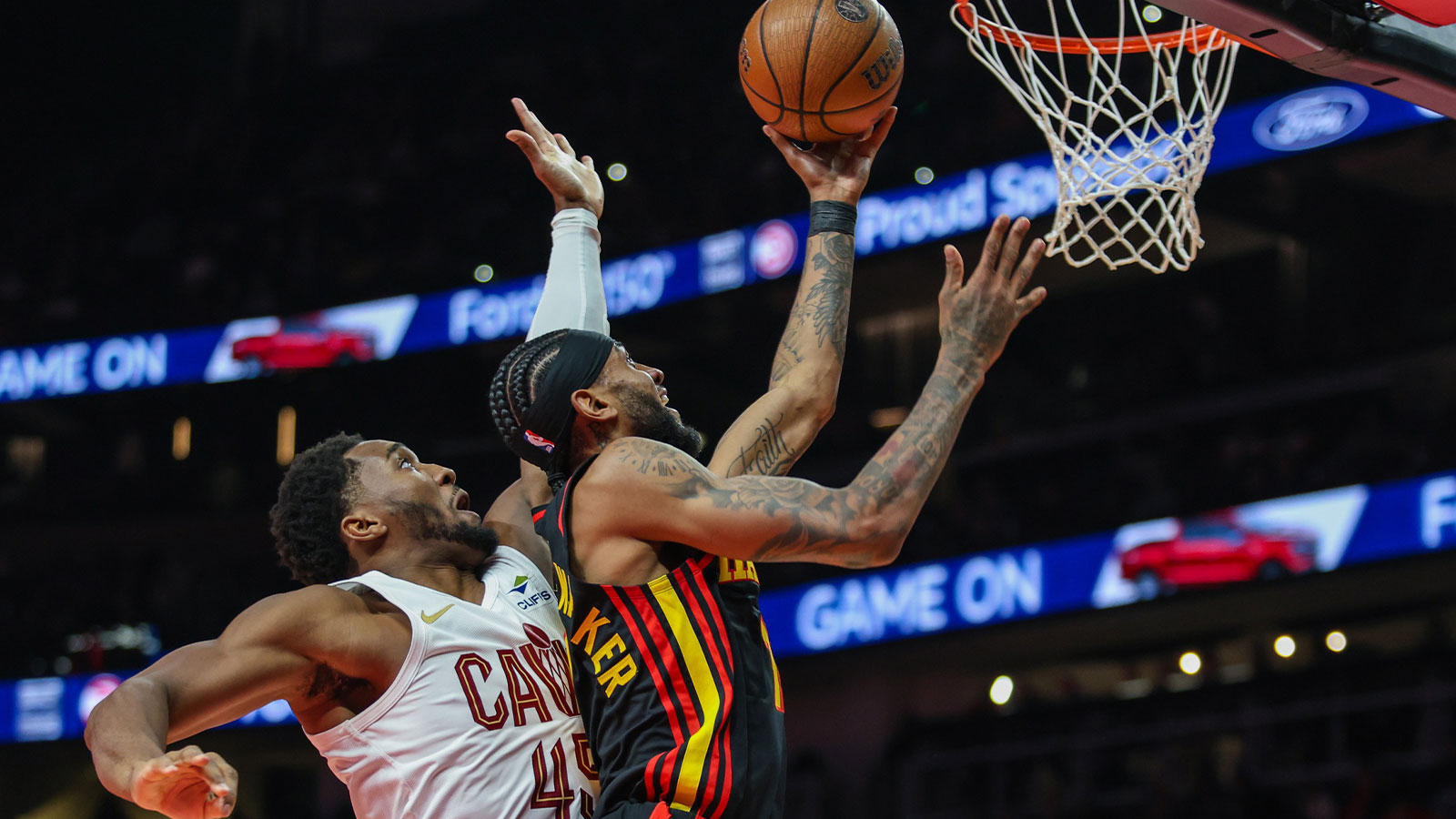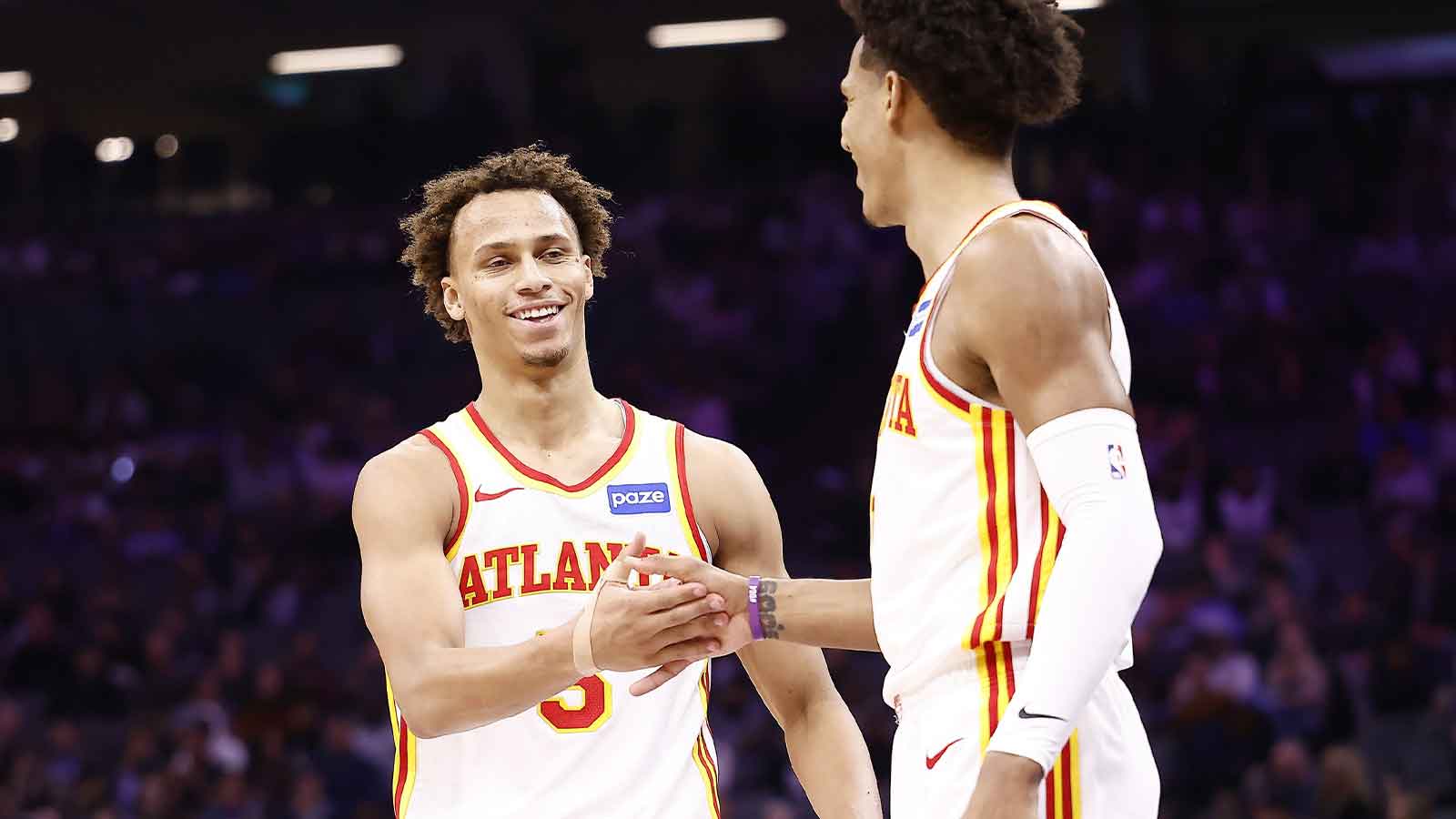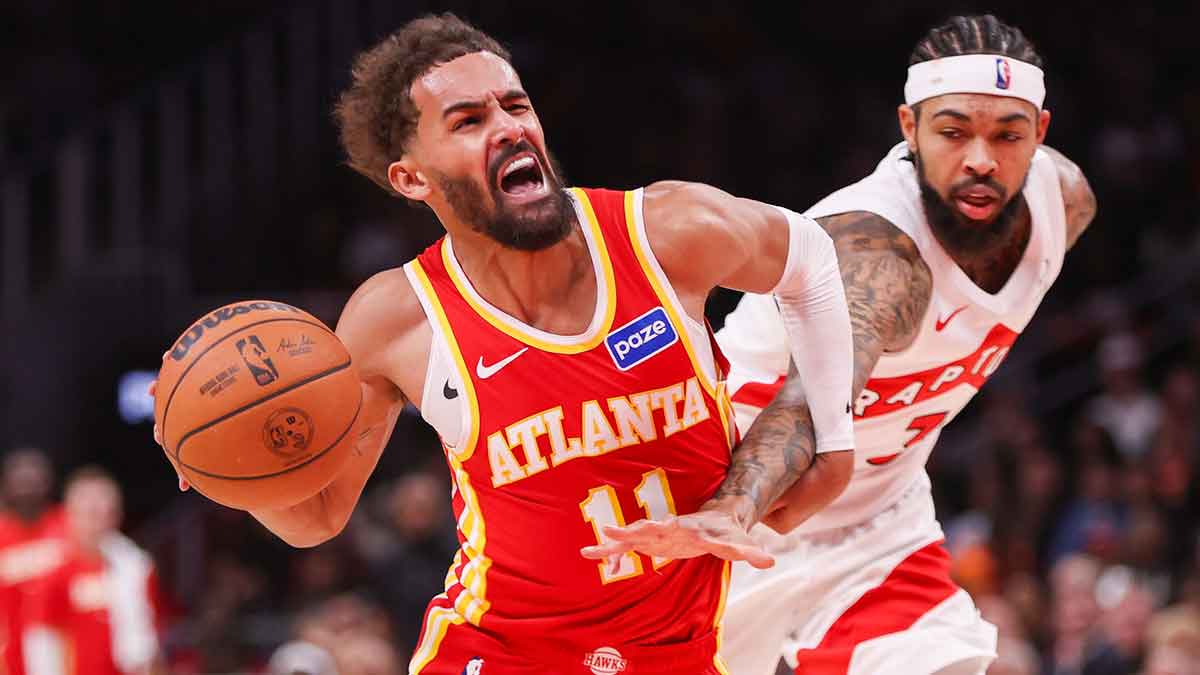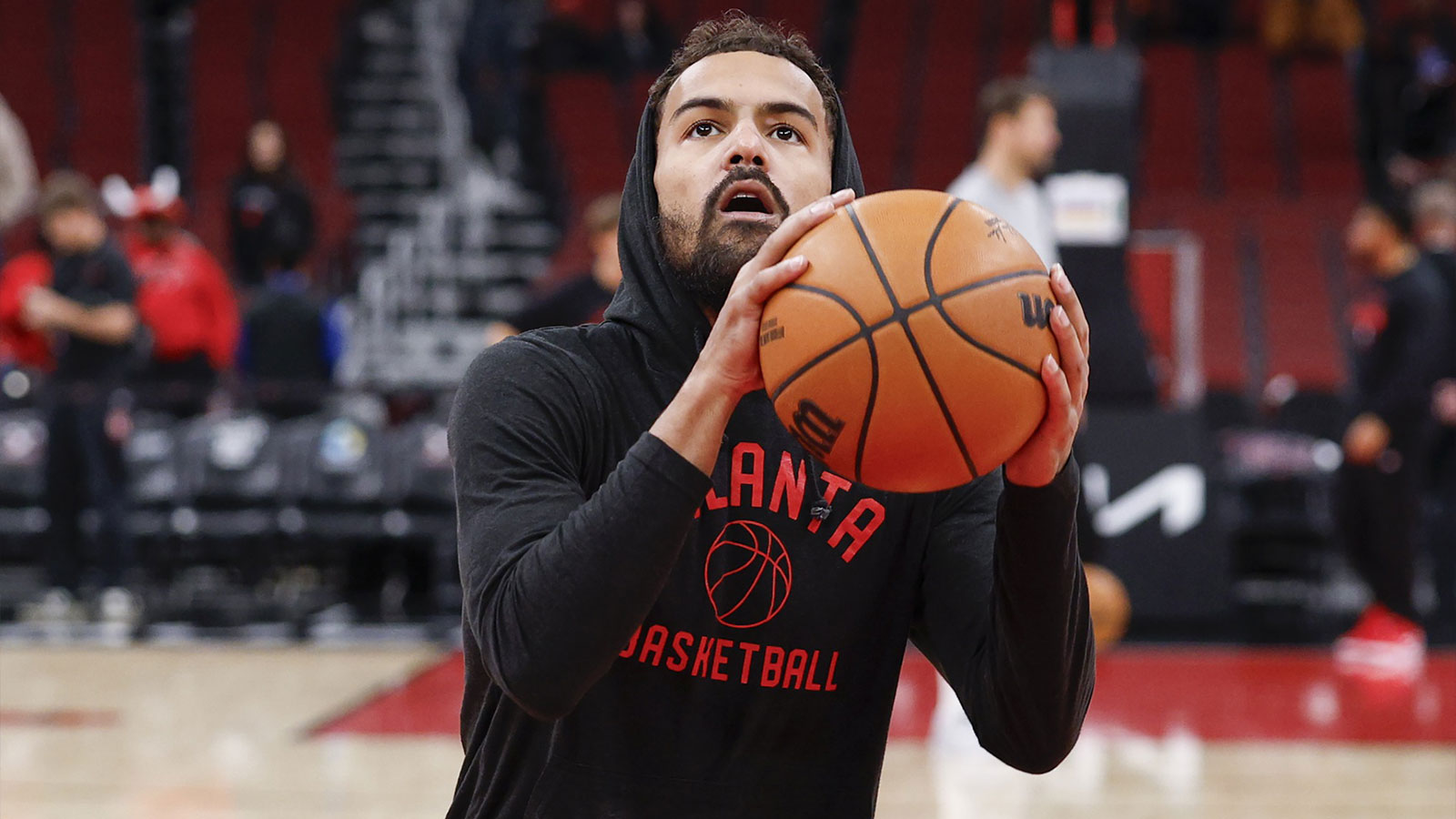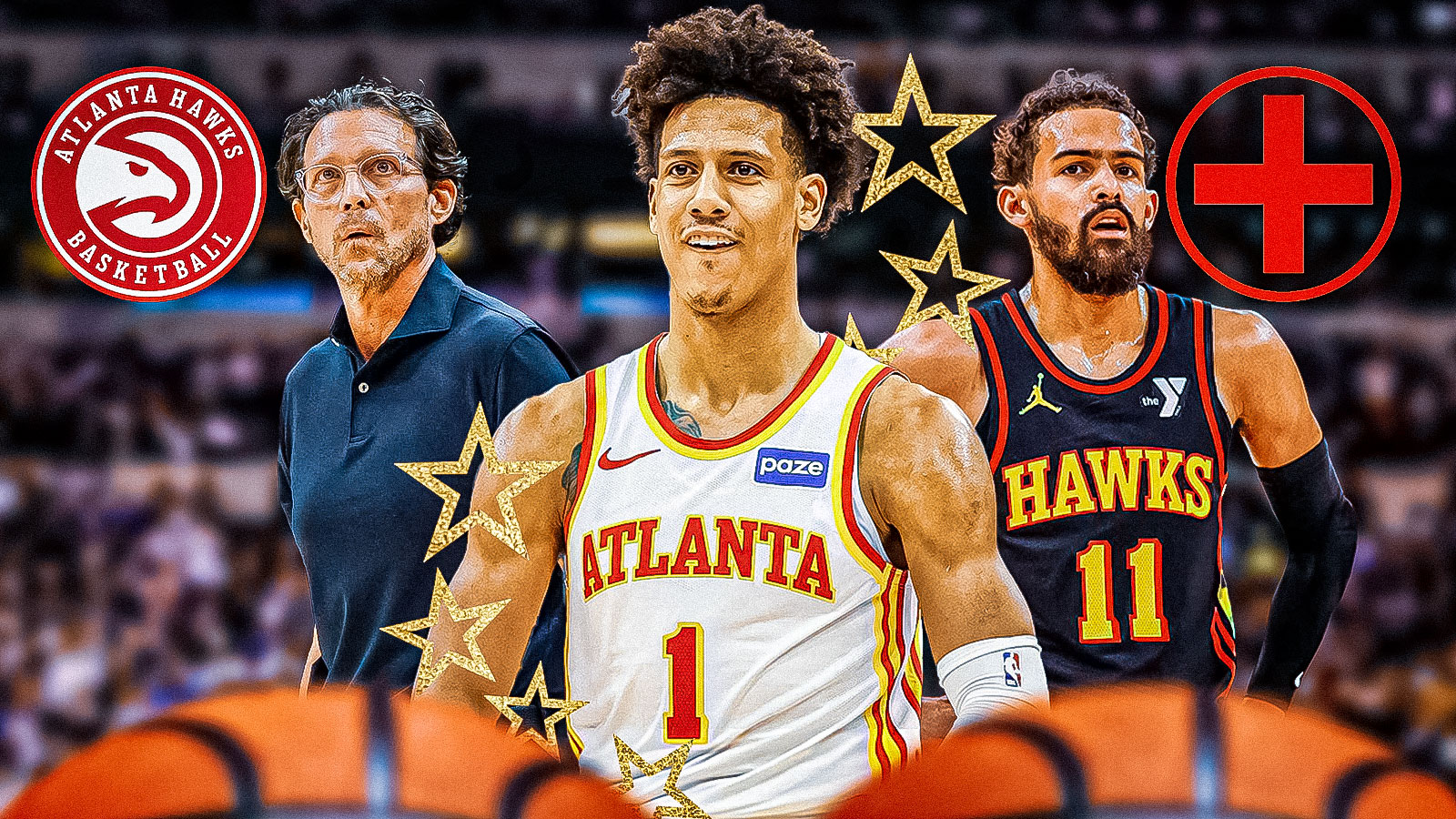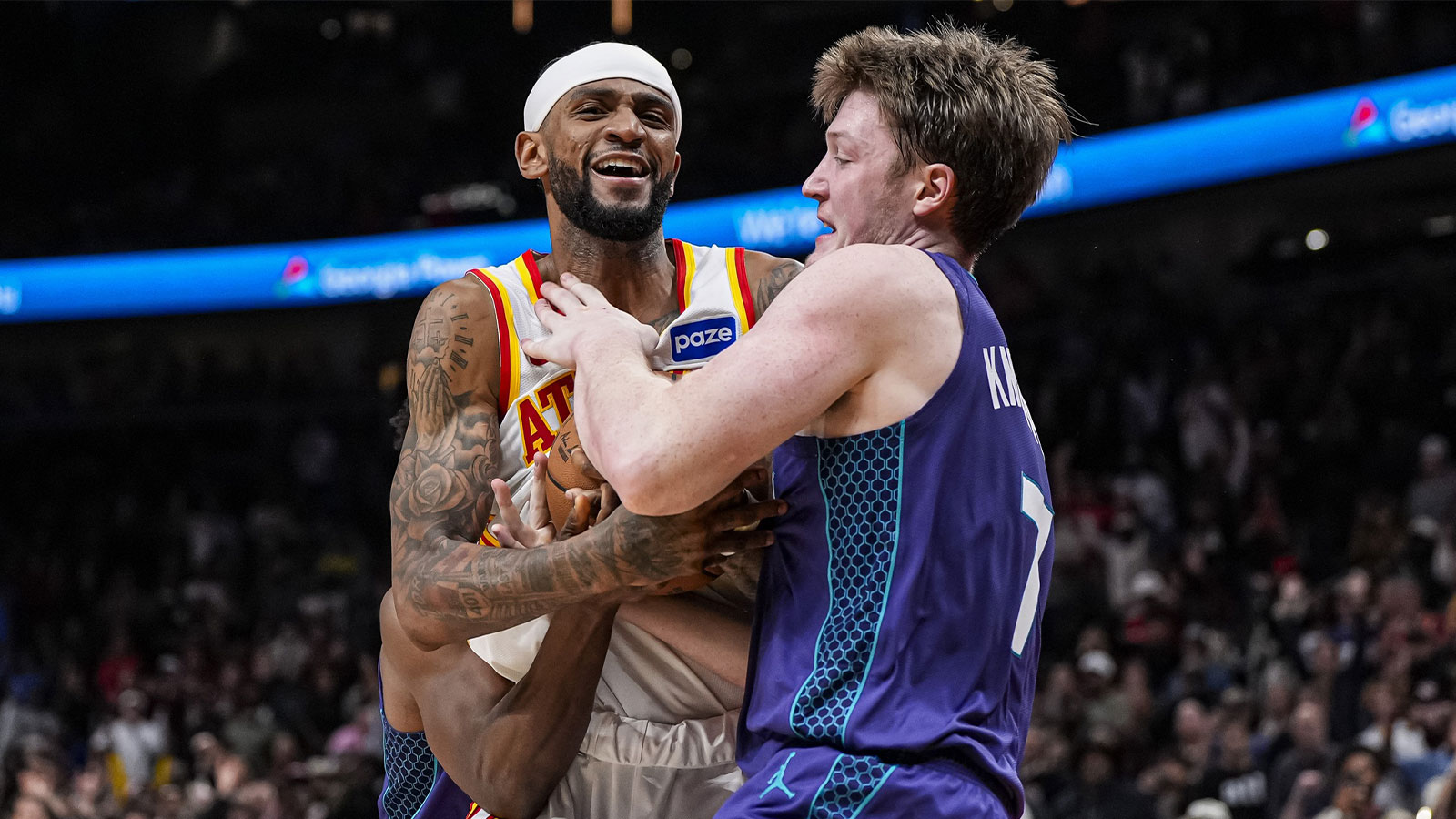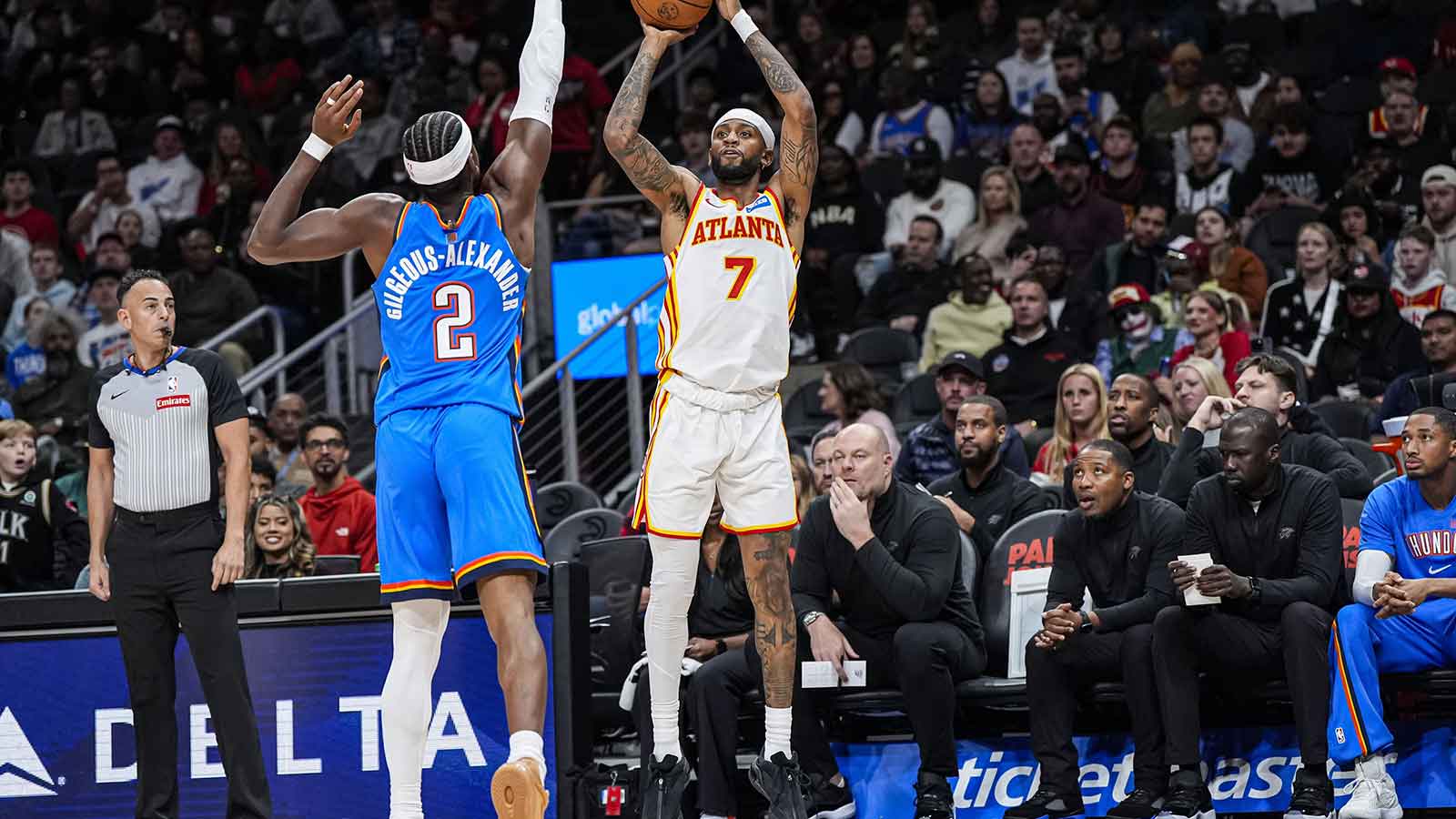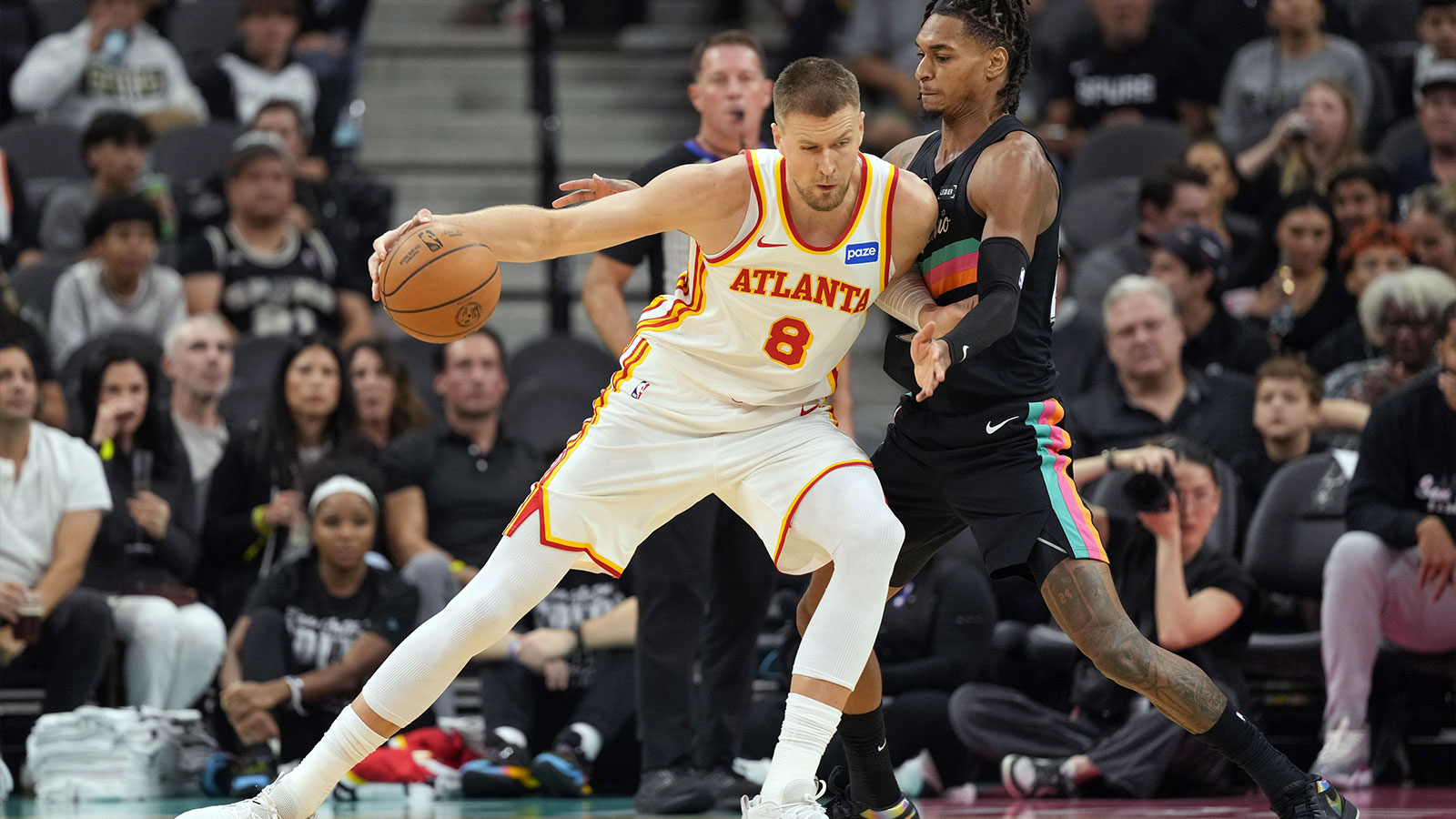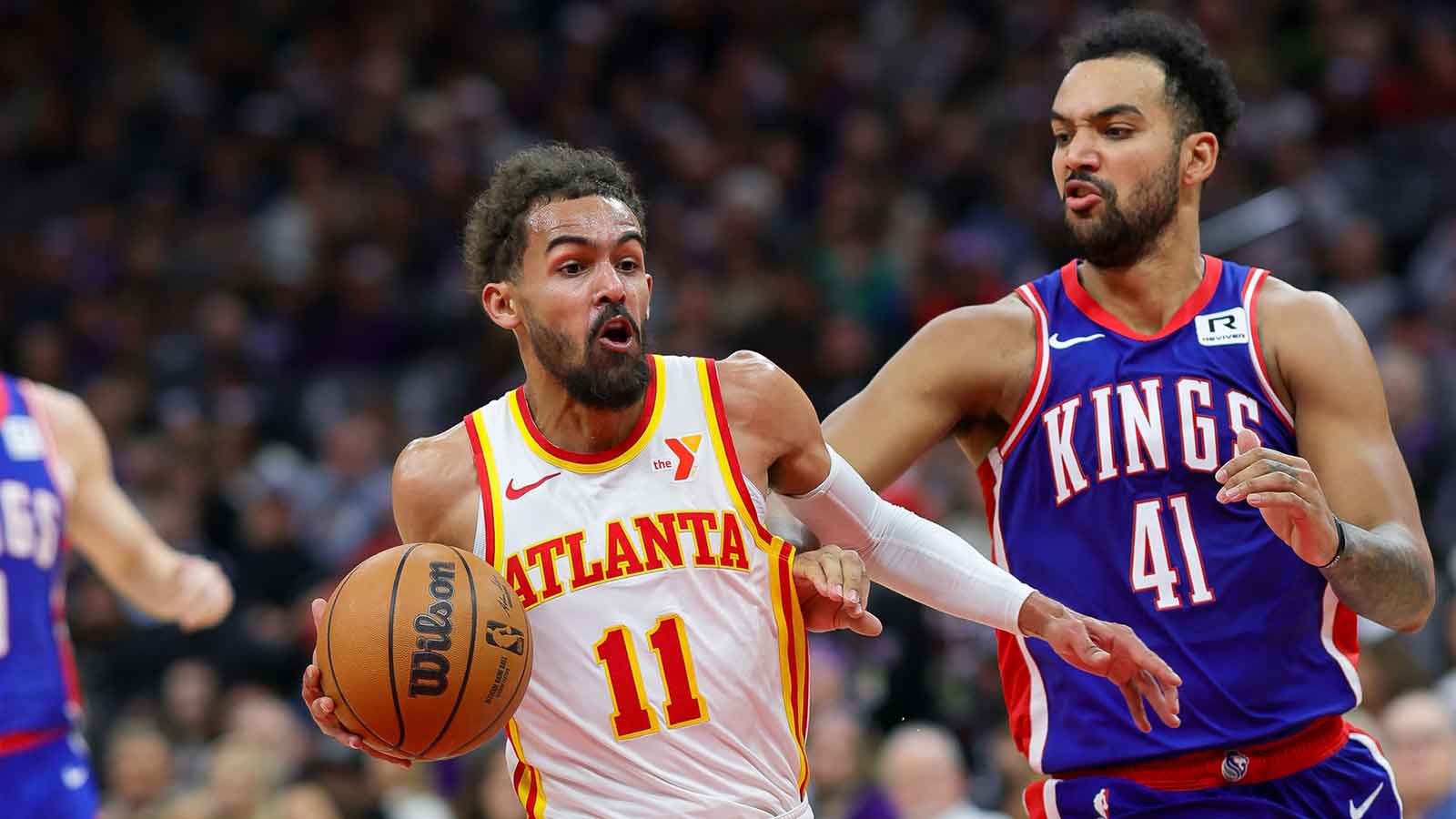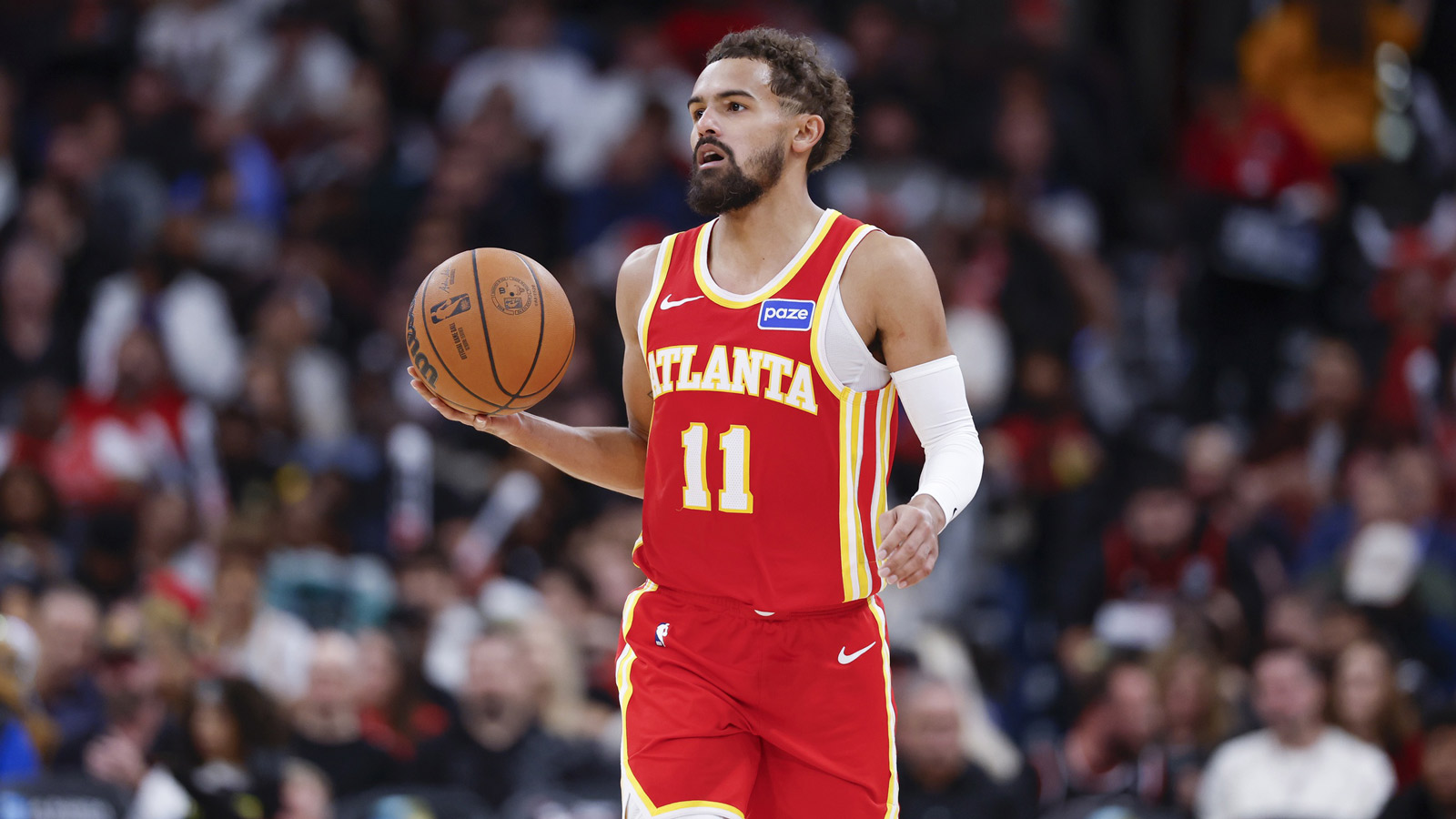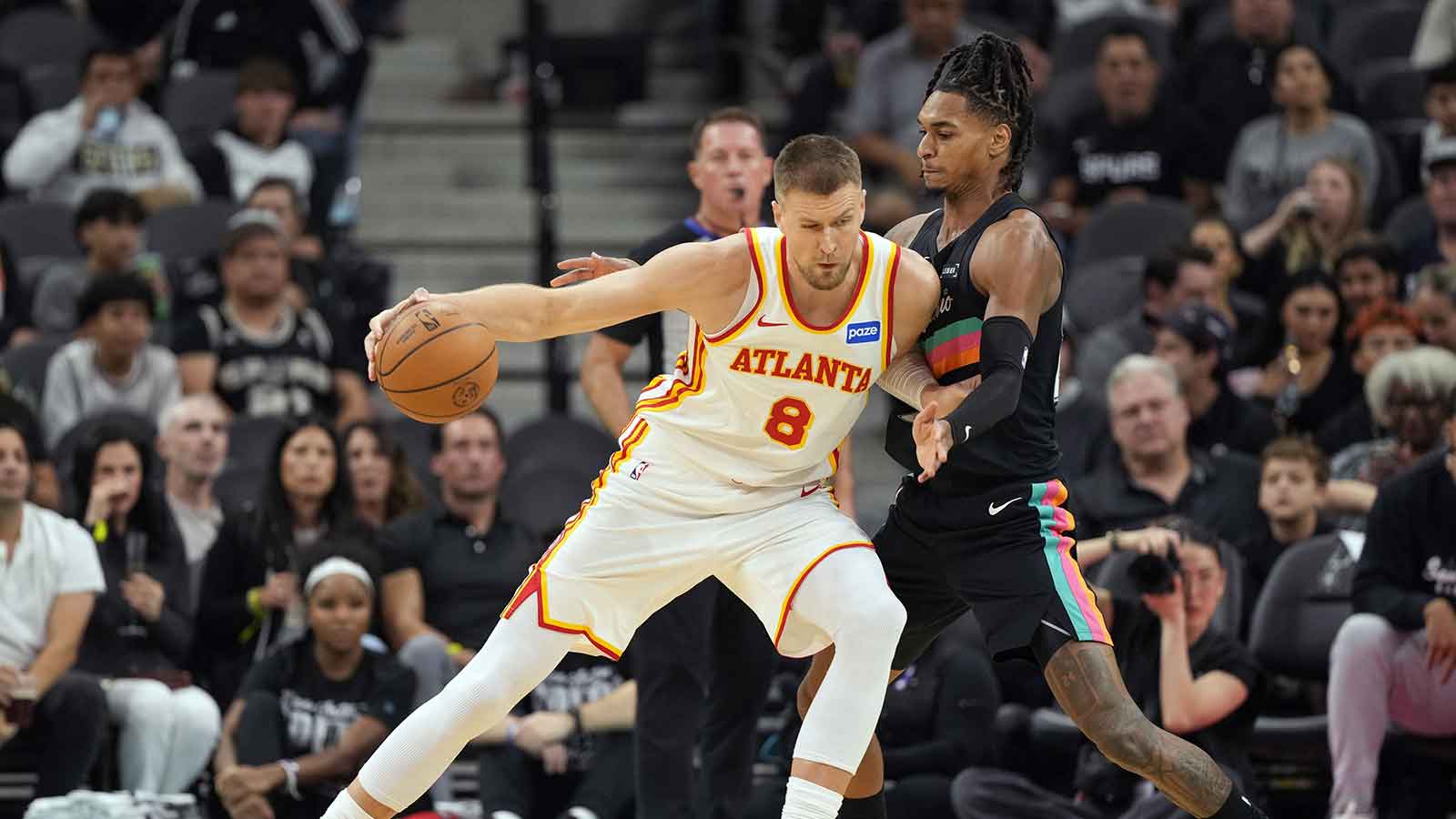LOS ANGELES – The Atlanta Hawks had gotten off to a 4-7 start to their season before two resounding losses in L.A. this past weekend. The bright in the two blowout losses to the Clippers and Lakers, and on the year, is second-year sensation Trae Young.
In the team's first 12 games, Young is averaging 27 points, 4.0 rebounds, 8.7 assists, 1.6 steals, and 3.2 three-pointers per game on 44.7 percent shooting from the field and 36.9 percent from beyond the arc.
Watching Young play, he has an obvious chip on his shoulder. He was traded on draft night, and many teams had their reservations about him coming into the draft. He had a stellar second-half to his rookie season that made the Rookie of the Year race a close call.
“I see it all the time,” said Hawks coach Lloyd Pierce on the chip that Young plays with. “I see it when I take him out. Like, he takes it out on me after eight straight minutes of playing and I sub him out and he walks by me with a chip on his shoulder approach.”
Young made NBA history earlier this season by becoming the youngest player ever to record three consecutive games of at least 30 points and 10 assists. He's also attempted and made a handful of go-ahead or game-winning shots late in the fourth quarter. These types of games for guy who turned 21 two months ago are absurd, but coach Pierce is crediting Young's competitiveness early on as the reason for his success.
“He's just a competitive guy, he loves to play. He thinks every shot is going in and he thinks he can make every play. And I’ve talked about it a lot in the past. You have to have a guy on your team that is willing to take and make big plays and is willing to stand up in the big moments and for him, that’s every possession. He just thinks every possession is a big moment and he approaches it as such. Sometimes it gets him in trouble, but I’d rather him have that than not have that.”

A big part of Young's game is his three-point shooting and the seemingly unlimited range he has.
Last season, Young has made 113-of-355 attempts from 25-29 feet (31.8 percent), 23-of-64 attempts from 30-34 feet (35.9 percent), and 2-of-5 from 35-39 feet (40 percent).
This season, Young has made 28-of-77 attempts from 25-29 feet (36.4 percent), 6-of-19 attempts from 30-34 feet (31.6 percent), and 1-of-1 from 35-39 feet (100 percent).
Coach Pierce and the Hawks have clearly given Young the green light to fire away from almost anywhere on the court. But what's considered a good shot or a bad shot in today's league?
“Those are tough questions with any player,” admitted Pierce. “For me, the job is really about empowering our guys to make plays. I don’t want to be the good shot/bad shot coach. I want the guy to, if they’ve got an open shot and they’re in rhythm, shoot it. If we have an open man, pass it. The education is really about that, and so constantly we’re watching film and we’re seeing what’s good and what’s great. We’re looking for great as much as we can. Now, he’s the main facilitator that we have. We know he’s gonna have the basketball a lot and he’s gotta make those split second decisions, so I can’t tell him because I’m not out on the court, but I can educate him on, ‘here are some of the reasons you may have. Here's what you should be looking for, continue to be aggressive trying to make the right decisions.'”
That kind of confidence from Pierce allows Young to play with as much freedom and fearlessness as he can. It's what's made him and the Hawks a top five League Pass team coming into the year and what the team will continue to need through John Collins' 25 game suspension and the other injuries on the roster.
“There is a limit,” Pierce responded with a smile when asked about Young's range. “Trae doesn’t think there’s any limitations to anything he does on the court, though. And so I do remind him of that.”
Now that they're out of Los Angeles, the Hawks will look to get their season back on track on Wednesday night against the Milwaukee Bucks.



